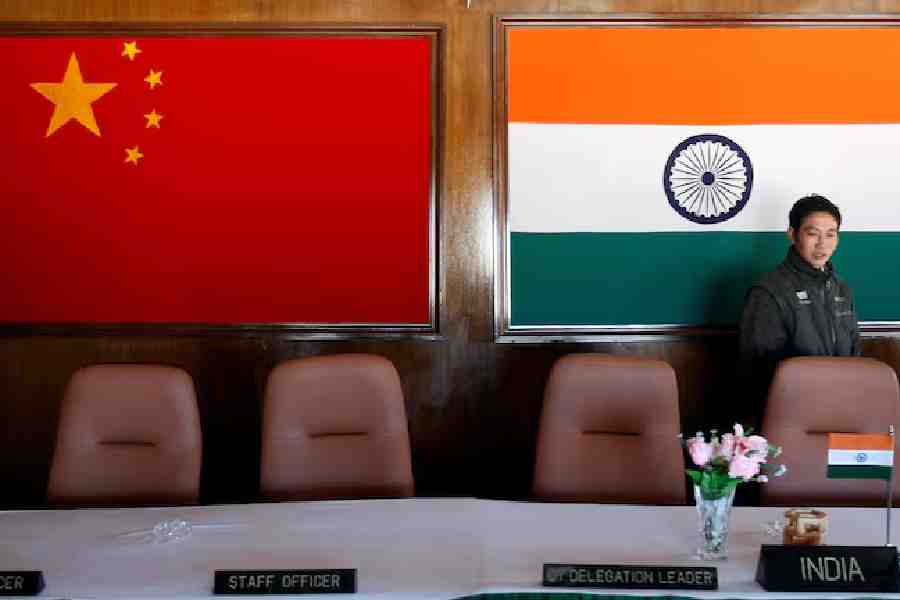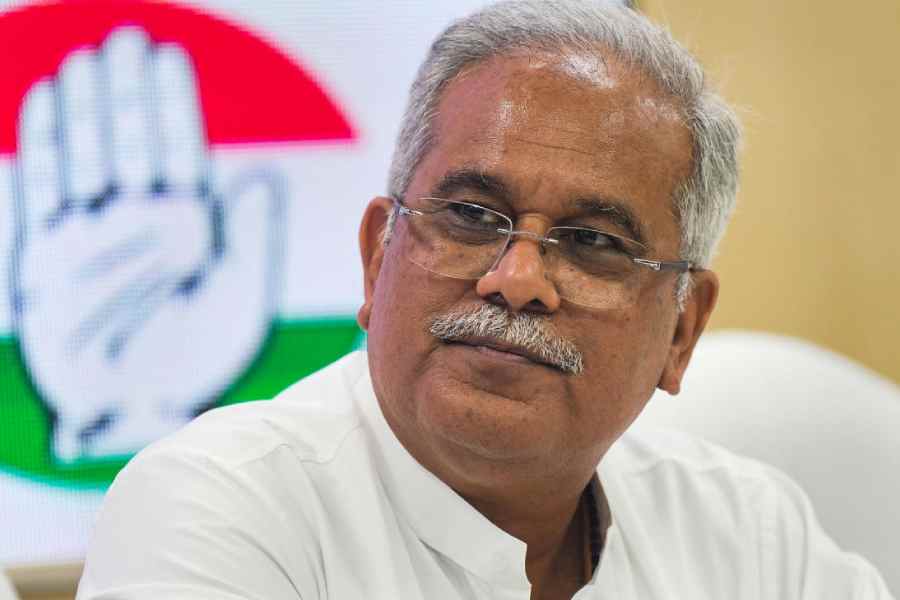An apparently unremarkable literary event took place in Odisha in 1977 — the publication of an Odia translation of Tales from Shakespeare by Charles and Mary Lamb. The translator was Basant Kumar Satapathy, a retired professor of English, a renowned author and a man of letters. The humour of his short stories concealed a depth of pathos rarely equalled in Odia literature. He published the translation himself with financial assistance from Odisha Sahitya Academy. That it was not a huge commercial success is clearly indicated by the fact that no second edition has appeared in the three decades that have passed since it was first published.
Attempts to introduce Shakespeare to the Odia readers through adaptations and translations and retelling are nothing new.
Jagannath Ballav Ghose had rendered Romeo and Juliet in Odia in 1908. (In fact, it was based on Lamb’s version of the play). Akshaya Kanti Bandopadhyay’s translation of Hamlet appeared in 1934 and Dr Mayadhar Mansingh’s translation of Othello, which was commissioned by Sahitya Akademi, was published in 1959. Balakrishna Kar’s adaptation of King Lear for the stage had enjoyed considerable popularity, too. Lamb’s Tales from Shakespeare had been abridged for children before Satapathy’s translation appeared.
Even a cursory look at Satapathy’s translation of 14 tales from Lamb’s Tales from Shakespeare reveal several distinctive features which set it apart from other attempts made in Odisha to translate or adapt Shakespeare’s works.
The most obvious of these relate to his decision to render 14 of these tales in their entirety, without abridging or simplifying them. Satapathy presents himself as something of a pioneer for he believes that the Tales from Shakespeare had not been translated into any Indian languages. He informs us that these have been translated into Burmese. However, the other features of the translation lend it a special resonance and render it particularly relevant more than 30 years after its publication.
Unlike most other translators of his time, Satapathy does not opt to remain invisible. His translation is embedded in a framing narrative, which provides the reader insights into the translator’s personal life and outlines the cultural context in which the translation takes place.
In his translator’s preface titled “Why”, Satapathy recounts the experience of bereavement, which the translation of the Tales from Shakespeare enabled him to cope with to some extent.
This reminds one of a similar situation in the life of Fakir Mohan Senapati, an author whom Satapathy admired immensely and sought to emulate. Fakir Mohan translated the Ramayan to solace his grieving wife after the death of their son. Translation here takes on a deep human significance and ceases to present itself as a mechanical activity carried out without any emotional involvement.
In the course of the preface, Satapathy soon moves from personal to larger issues. He locates his decision to translate a classic of English literature in the wider context of the role of the teacher of English in India after independence and articulates his anxieties as well as hopes. The preface becomes a meditation on the future of the study of English literature in a decolonised nation and expresses his fear that one day in the not-so-distant future, Shakespeare would lose his pride of place in the departments of English in India, which would place greater emphasis on teaching English as a language.
At the same time, however, his intense love for English literature and his great admiration for Shakespeare do not blind him to certain harsh realities of life which teachers of English can never shy away from.
His long experience as a teacher of English convinced him that even if teachers of English write hundreds and thousands of papers, they were not likely to find publishers in Britain or America. As Satapathy perceptively puts it: “There may come a time when Shakespeare, like the British, would be forced to leave India at the behest of ultra-nationalist elements and when emphasis would shift from the study of English literature to the teaching of English as language. When this happens, the importance of these tales would be realised by us.”
What then should teachers of English in India do? What tasks should they set themselves to render their jobs meaningful and relevant? Satapathy answers the question by saying that they could do so by using their love for and knowledge of English literature to enrich and nourish their own literatures and languages.
He brings in his own experience as a teacher of English to make this point, firmly, if unobtrusively. He tells us how, while teaching Othello to undergraduate students, he took the unusual step of reading out in Odia a portion of Lamb’s Tales from Shakespeare based on the play. To his delight, the response of the students was overwhelming as they found themselves suddenly able to relate to the text intimately, no longer daunted by its alienness.
To sum up, Satapathy’s translation of Tales from Shakespeare should not be taken at its face value. Its disclaimers notwithstanding, it outlines programme for infusing the study of English literature in post-independence India with meaning, relevance and a sense of purpose.
Some of his pronouncements — for instance, his prediction that emphasis would shift from teaching English literature to teaching English as a language in India — have proved poignantly prophetic. But his constructive suggestions concerning the redefinition of the role of teachers of English literature have largely gone unheeded.
Globalisation has increasingly led to the devaluation of the local and non-western countries are fast becoming nations of would-be emigrants eager to reinvent themselves in the West. Departments of English in India are now are confronted with the stark choices Satapathy had highlighted three decades or so ago: distance themselves from the world in which they are embedded and seek to form a part of the western world or reconnect themselves with the linguistic and cultural universe they actually inhabit in creative and innovative ways.











